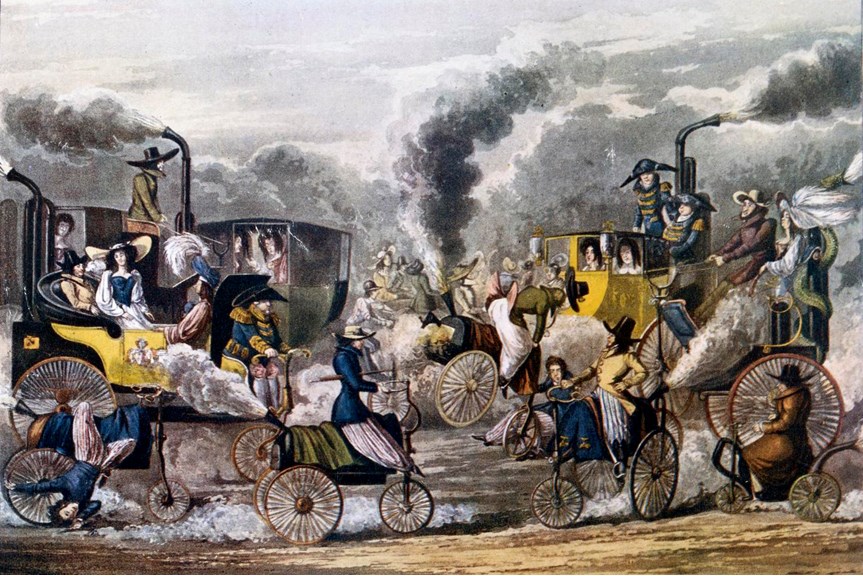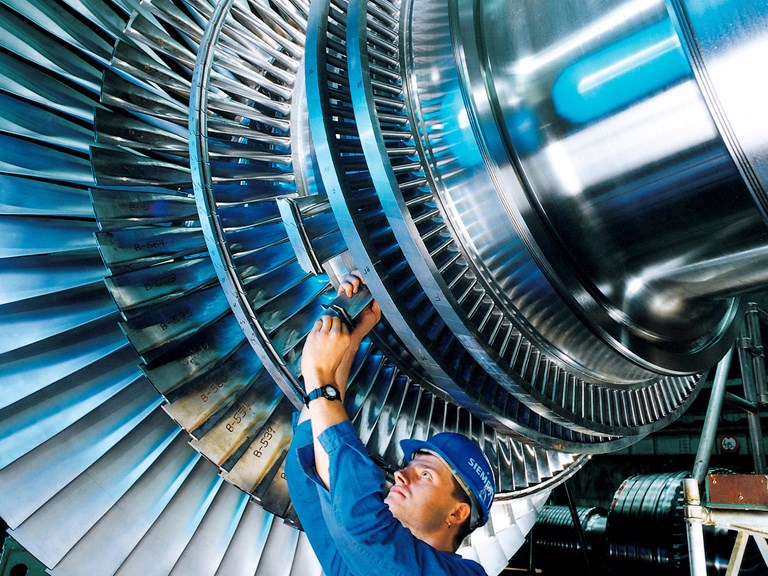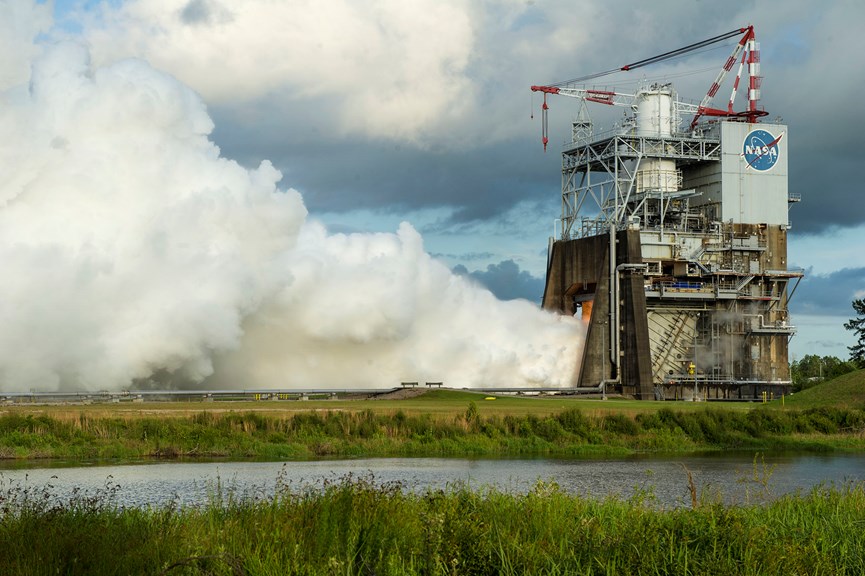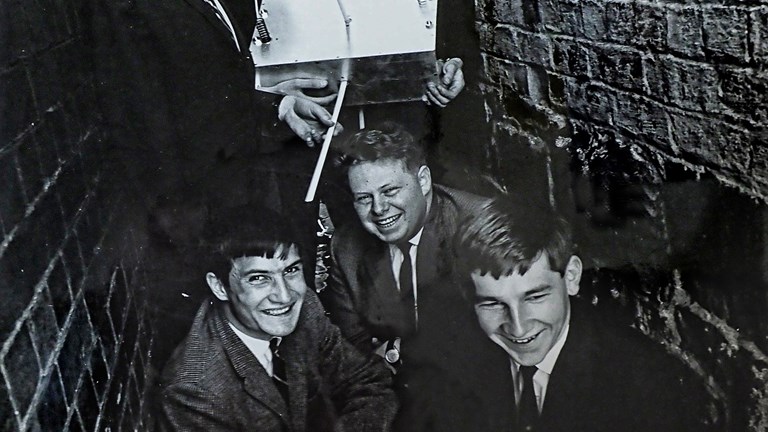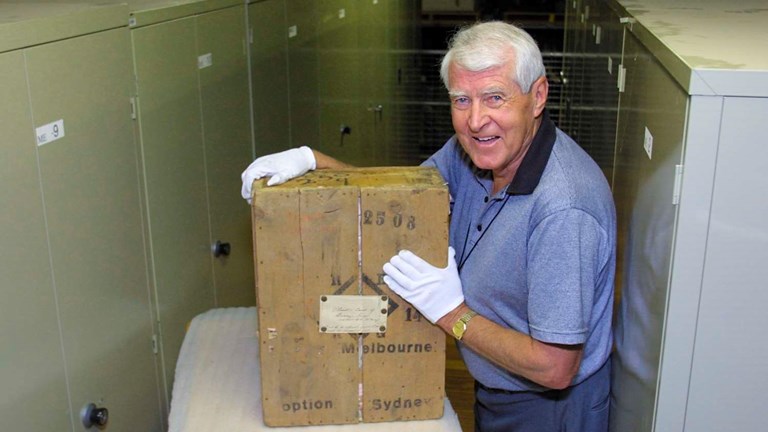Steam power is not just a relic of the past
Considered by some to be an old and outdated technology, steam is still used widely in the 21st century—often in some surprising ways.
It is easy to think of steam as a long-outdated technology—a relic of the Industrial Revolution—but the reality is steam is still a big part of powering our modern world.
‘Steam is very much in use in our present, but maybe not as overtly celebrated as the new and powerful technology it once was,’ says Museums Victoria’s curator of engineering, Matilda Vaughan.
A small part of Matilda’s day job involves looking after the big hulking steam-driven machinery in the museum’s collection, but her fascination with steam extends well beyond its past.
‘It’s used to power our homes, build our manufactured goods, make our pharmaceuticals and foods, and a whole lot more,’ she says.
300 years ago, steam was the driving force behind technical innovation.
‘The industrial use of steam-power really took off after the 1760s with many developments and improvements that created steam engines that were increasingly more efficient, reliable and profitable,’ explains Matilda.
In the latter half of the 19th century, steam was the predominant power for transport on rail, road, and sea.
Even at the turn of the 20th century steam power was fighting for supremacy against petrol, diesel, and electric cars (but we all know who won that battle).
It is true that steam no longer has a such an obvious place in our everyday lives; the museum’s collection includes significant historical examples of steam cars, pumps, and what Matilda calls the ‘Steam-powered workhorses of Australia’s agricultural industrialisation’.
But while these uses of steam are no longer with us, the way we use steam has evolved—and continues to do so.
In plain sight
Let’s start small.
We Melburnians are known for our love of coffee and it wouldn’t be the same without steam to froth up the milk.
The simple act of heating water to steam vegetables might seem mundane but here too is another, often overlooked, use.
These are just the low-hanging fruit, as it were, of modern steam use—what about on the industrial scale?
‘Canned food products, like baked beans and peaches, are processed in big pressure cookers called retorts,’ explains Matilda.
‘The cans are bathed in steam for enough time to make sure that any spoilage bacteria within are destroyed.’
And steam is not just involved in preservation.
‘Puffed snacks, my favourite, are made in an extruder—a long cylinder with a twin screw that pushes the cereal and water mixture towards a small outlet hole,’ says Matilda.
‘The mixture is heated with a steam jacket around that cylinder and it is pressurised as it moves along the length of the cylinder.
‘As it exits that hole the pressurised water is released back to atmospheric pressure and puffs the dough.’
But what is generating the electricity that enables us to make these delicious snacks?
Powering up
Wind and solar power are quickly picking up steam but on a global scale, these sources of renewable energy still only make up about a third of sources of power generation.
Even in the 21st century most of the world’s power is generated using steam, whether the fuel is coal, gas, geothermal, nuclear, or futuristic fusion reactors.
At their core, even the world’s most advanced power plants still use a boiler—a place to heat water and make high pressure steam.
‘A turbine uses steam that moves over the blades and directly turns a shaft which rotates magnets to create electricity,’ explains Matilda.
More than this, steam can also be used to produce other fuels.
‘Steam is used in one of the ways of making hydrogen, in a very common and decades old technology called steam reforming,’ says Matilda.
‘Steam at very high temperatures is reacted along with methane, from natural gas, landfill gas, or biogas, and a catalyst to make hydrogen.
‘Hydrogen is used in fuel cells, to refine petroleum, to treat metals, to make fertiliser, and in food processing.’
So, while steam may no longer be used as an external combustion power plant for transport it is still very much part of the mix in producing electricity to power electric cars and in making hydrogen.
But steam also has a role to play in non-terrestrial vehicles.
Stratospheric steam
Space is a hostile place, so it stands to reason that any technology used there is up to the challenge—and that includes steam.
‘Steam is also used to test space rocket engines,’ says Matilda.
‘Steam creates the vacuum conditions experienced by the engines at launch—so simulating a rocket launch without anything taking off.
‘This method was developed during the days of the Apollo Space Program in the 1960s, and it is still used today.’
But it isn’t just used in testing.
‘There is even development of cube satellites, that hop between extra-terrestrial objects, propelled by steam,’ Matilda explains.
‘They’d land on a surface, drill, (hopefully) find some water, extract it, store it, and then heat it with solar panels, and use that steam to propel itself to the next destination.’
‘The idea of finding resources to use on the journey is not new but that imagined future is looking closer now.’
So, it seems steam will be with us for many more years to come.

